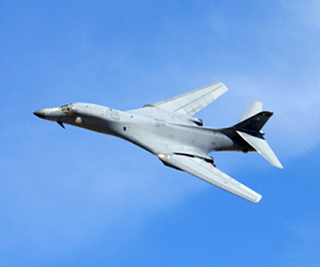Course Description
This class includes a brief review of applied aerodynamics and modern approaches in aircraft stability and control. Topics covered include static stability and trim; stability derivatives and characteristic longitudinal and lateral-directional motions; and physical effects of the wing, fuselage, and tail on aircraft …
This class includes a brief review of applied aerodynamics and modern approaches in aircraft stability and control. Topics covered include static stability and trim; stability derivatives and characteristic longitudinal and lateral-directional motions; and physical effects of the wing, fuselage, and tail on aircraft motion. Control methods and systems are discussed, with emphasis on flight vehicle stabilization by classical and modern control techniques; time and frequency domain analysis of control system performance; and human-pilot models and pilot-in-the-loop controls with applications. Other topics covered include V/STOL stability, dynamics, and control during transition from hover to forward flight; parameter sensitivity; and handling quality analysis of aircraft through variable flight conditions. There will be a brief discussion of motion at high angles-of-attack, roll coupling, and other nonlinear flight regimes.
Course Info
Instructor
Departments
Learning Resource Types
notes
Lecture Notes
assignment
Problem Sets

A B-1 Lancer bomber performs a fly-by during a firepower demonstration in Nevada, U.S.A. (U.S. Air Force photo by Master Sgt. Robert W. Valenca.)








